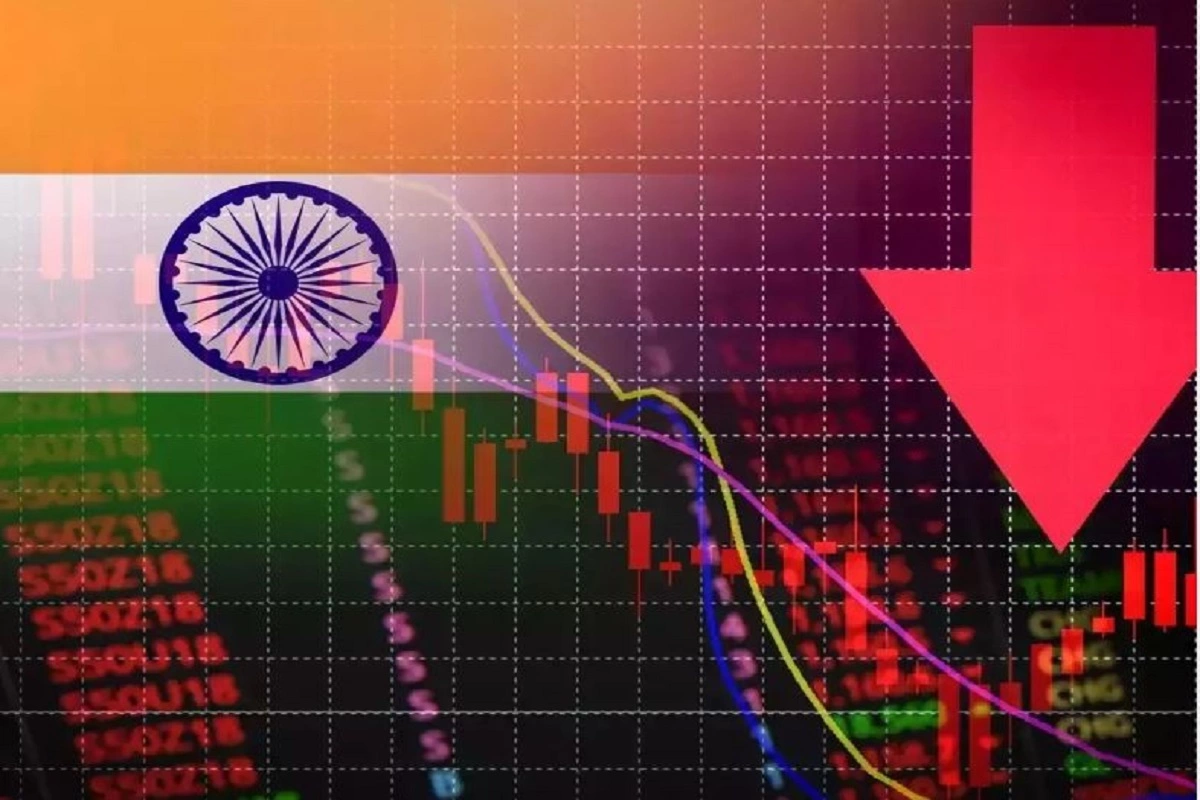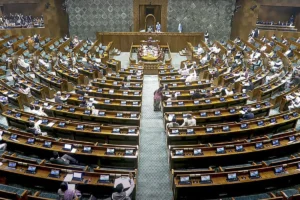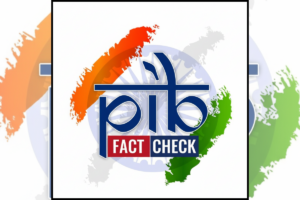
A mixed picture of the economy is presented by high-frequency indicators, with some showing robust growth and others showing tepid growth. The economy is depicted in a positive light by survey-based manufacturing and service indicators.
In April, GST collections surpassed the previous record of Rs 1.67 lakh crore set in April of last year to reach an all-time high of Rs 1.87 lakh crore. The numbers also show improved compliance and a resurgence in economic activity, in addition to the year-end sales that fueled the surge. Early signs of revival in the rural economy may be hampered by unseasonal rain and hailstorms.
Bank credit, while still vigorous, is being driven by private advances and administrations. Credit to industry, especially to huge businesses, has declined as of late. The equity markets have improved. Exports of services are still doing well, and they will probably help protect the economy from a global recession.
Activity-based indicators
India’s administration’s action, estimated by the S&P Worldwide India administration’s Buying Directors List, took off to a 13-year high of 62 in April from 57.8 in Spring. In April, manufacturing activity also reached a four-month high.
In March, production in eight essential infrastructure sectors slowed to a five-month low of 3.6%. Coal, steel, and fertilizer are the only three subcomponents that experienced strong growth, while electricity, cement, natural gas, crude oil, and refinery products experienced weak growth.
Unseasonal precipitation in the spring is probably going to have affected the result in certain areas. The slower development in the center ventures is probably going to reflect in the List of Modern Creation (IIP) for Spring. In April, the temperature is likely to be lower than expected, which will likely reduce electricity production.
Demand-side indicators
Despite a high base, passenger vehicle sales increased moderately in March. India’s passenger vehicle sales increased by 27% during the entire fiscal year. In spite of higher inflation, demand for passenger vehicles was supported by an ease in the chip shortage, rising income, and accumulated demand, particularly for sport utility vehicles (SUVs).
SUVs are gaining ground on small cars and sedans. Traveler vehicle deals have outperformed the levels seen in pre-Coronavirus years. The auto industry’s demand is being driven by the growing preference of car buyers for high-end, premium models.
The rural market is beginning to show signs of recovery. A critical mark of provincial interest, farm vehicle deals timed twofold-digit development for the fourth sequential month in spring. The harvesting and purchasing of crops are currently underway, which has improved sentiment in rural markets. The amount of wheat purchased has increased from last year. Higher-income from Rabi harvests will uphold the recovery of rustic interest.
In rural areas, higher minimum support prices for farm commodities and a high reservoir level for Kharif sowing are likely to boost consumer sentiment and disposable income.
Tractor sales have exceeded those of the pre-Covid era for the entire fiscal year. Two-wheeler sales have increased in recent months, but they have not yet returned to pre-pandemic levels, which is another indication of rural demand.
Also read: Go First crisis: Wadia Group Is Considering a One-time Settlement Offer
In the future, unseasonal rains may harm crops and dampen rural sentiment.
One of the most important ways to track trends in domestic consumption and industrial activity is through petroleum consumption. At 20.5 million tonnes, the utilization of oil-based commodities in spring was the most noteworthy ever in a single month. In 2022 and 2023, India consumed 222.30 million metric tonnes of petroleum products, an increase of 10.2% from the previous year.
The country’s oil-based good utilization is supposed to reach another high in 2023–24, demonstrating a gain in financial movement.
To read more such news, download Bharat Express news apps





















